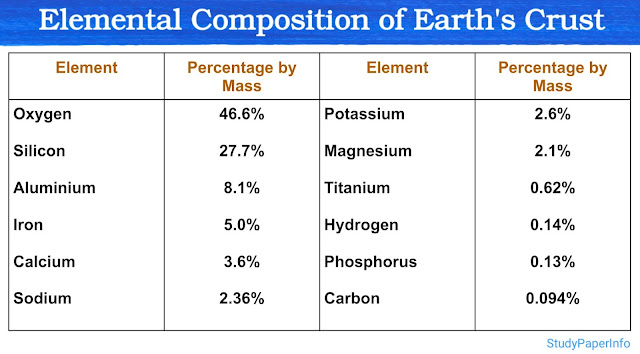What are the general principles of signal transduction, applicable to different signaling pathways?
Signal transduction is a fundamental process through which cells sense and respond to signals from their external environment. It enables communication between cells and helps regulate a wide range of cellular activities such as growth, division, differentiation, metabolism and survival. These signals are usually in the form of chemical messengers like hormones, neurotransmitters, or growth factors that bind to specific receptors either on the cell surface or within the cell. Once a signal is received, it is converted into a series of biochemical events inside the cell, ultimately leading to a specific functional response. This entire process ensures that cells can properly adapt and maintain homeostasis under changing physiological conditions. General Principles of Signal Transduction 1. Specificity of Signaling One of the fundamental principles of signal transduction is that signaling pathways are highly specific. Each receptor is designed to recogn...

